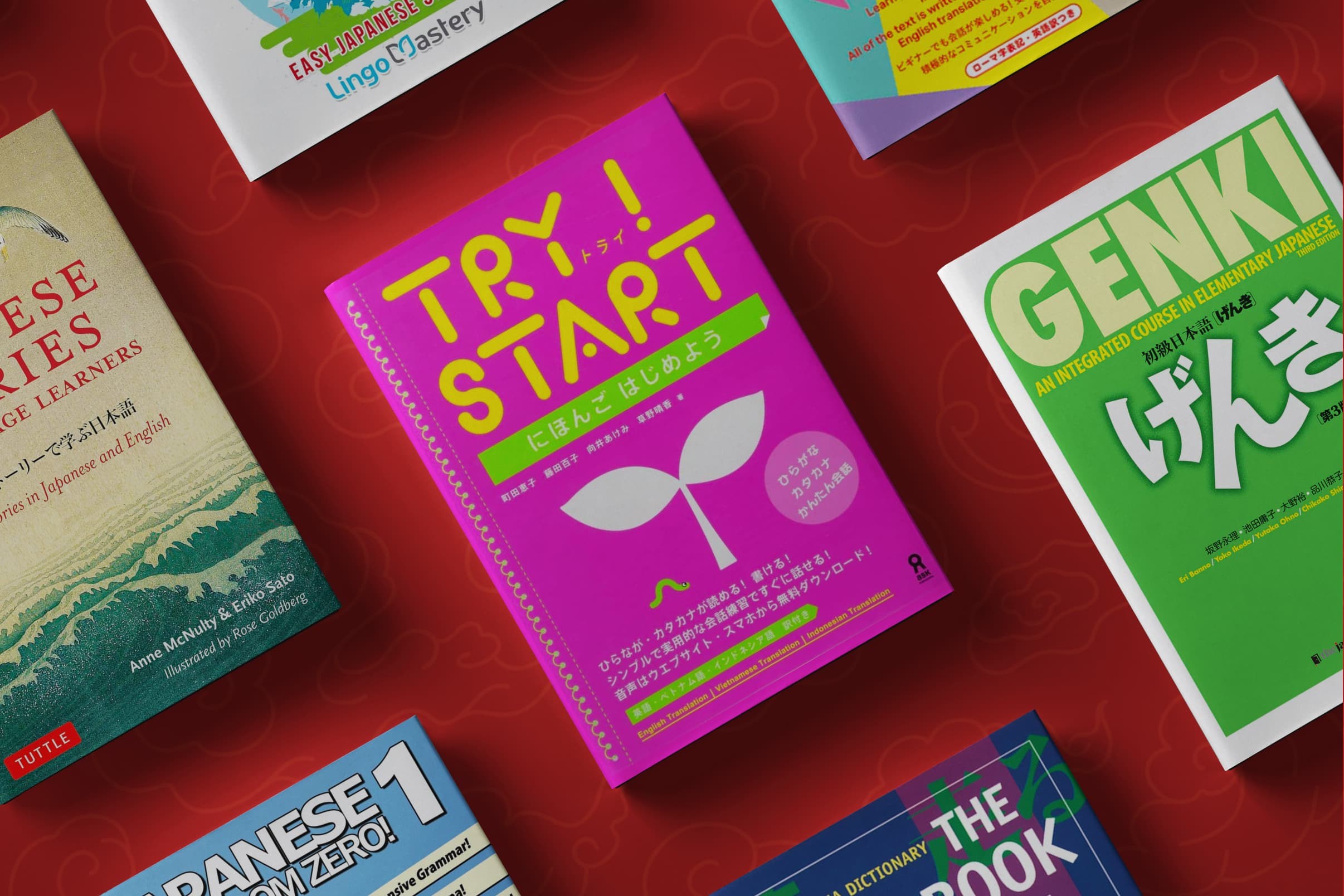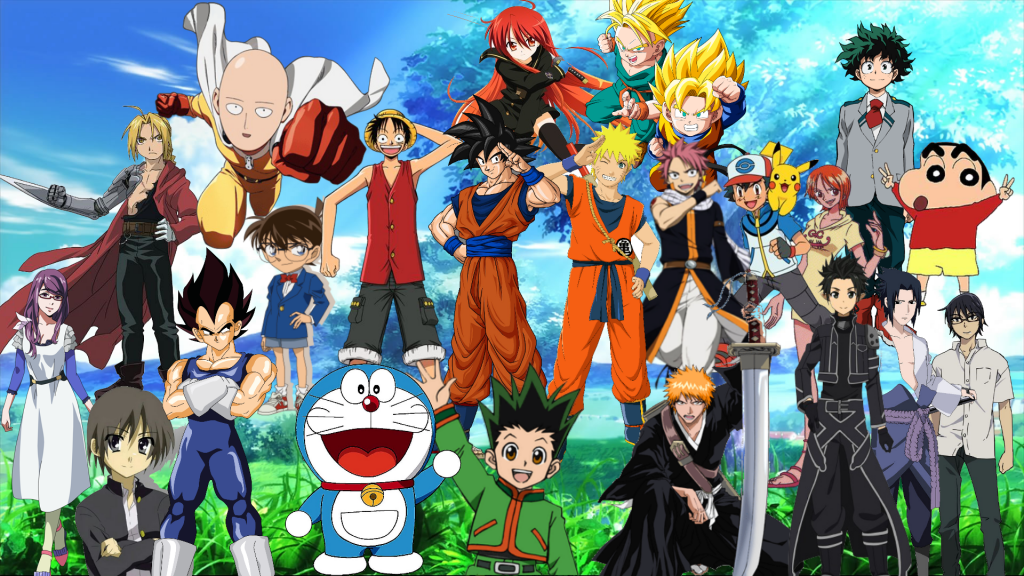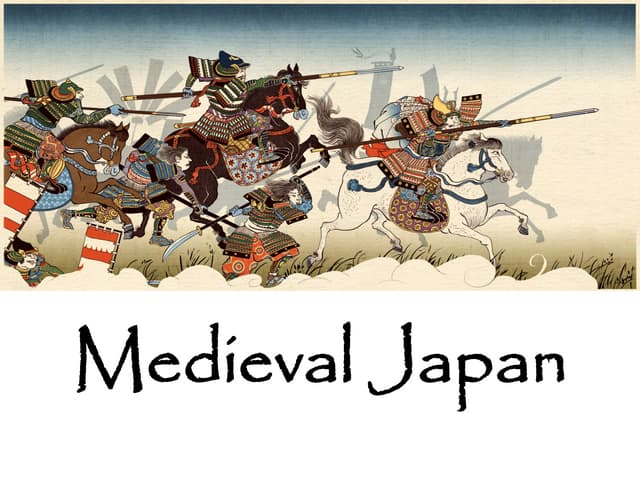- 1. Best Books for Beginners
- a. Genki I & II
- b. Minna no Nihongo (みんなの日本語)
- c. Japanese from Zero!
- 2. Intermediate Books
- a. Tobira: Gateway to Advanced Japanese
- b. An Integrated Approach to Intermediate Japanese
- 3. Advanced Books
- a. Kanzen Master Series (完全マスターシリーズ)
- b. Shin Kanzen Master N1
- 4. Kanji Learning Books
- a. Remembering the Kanji by James Heisig
- b. Basic Kanji Book
- 5. Vocabulary and Grammar Books
- a. A Dictionary of Basic Japanese Grammar
- b. Speed Master Series
- 6. Cultural Insight and Reading Practice
- a. Breaking into Japanese Literature
- b. Read Real Japanese
When it comes to learning Japanese, choosing the right resources is crucial for efficient and effective learning. Whether you are a beginner, intermediate, or advanced learner, the right textbook can help you master the language's grammar, vocabulary, kanji, and even cultural context. Here's a breakdown of some of the best Japanese learning books across different levels.
1. Best Books for Beginners
a. Genki I & II
- Overview: Genki is one of the most widely used Japanese language textbooks in both university courses and self-study. It provides a strong foundation in grammar, reading, listening, and writing.
- Features:
- Includes dialogues and exercises.
- Comes with a CD for listening practice.
- Covers beginner topics like greetings, introducing oneself, and simple grammar patterns.
- Level: A1 to A2 (JLPT N5 to N4).
b. Minna no Nihongo (みんなの日本語)
- Overview: Unlike most textbooks, Minna no Nihongo is written entirely in Japanese from the beginning. While this may be challenging for complete beginners, it forces you to adapt to Japanese-only instructions early.
- Features:
- Covers extensive grammar and vocabulary.
- Available with translation guides in many languages.
- Ideal for those serious about immersive learning.
- Level: A1 to B1 (JLPT N5 to N3).
c. Japanese from Zero!
- Overview: This series is perfect for self-study and beginners who prefer a more relaxed introduction to the language.
- Features:
- Gradually introduces hiragana, katakana, and kanji.
- Emphasizes grammar and vocabulary with easy explanations.
- Comes with free online resources and videos.
- Level: A1 to A2 (JLPT N5).
2. Intermediate Books
a. Tobira: Gateway to Advanced Japanese
- Overview: This textbook bridges the gap between beginner and advanced learners, focusing on real-world materials such as news articles and interviews to improve reading and listening comprehension.
- Features:
- Introduces complex grammar.
- Encourages fluency in conversation and writing.
- Includes cultural insights into Japan.
- Level: B1 to B2 (JLPT N3 to N2).
b. An Integrated Approach to Intermediate Japanese
- Overview: This book helps learners advance their grammatical skills while learning how to navigate more complex sentences and conversations.
- Features:
- Integrates reading, writing, listening, and speaking.
- Provides useful vocabulary and kanji.
- Includes exercises for reading comprehension and grammar drills.
- Level: B1 to B2 (JLPT N3 to N2).
3. Advanced Books
a. Kanzen Master Series (完全マスターシリーズ)
- Overview: A set of books dedicated to preparing learners for the JLPT. Each book focuses on different aspects of the exam, such as grammar, reading, vocabulary, and listening.
- Features:
- Designed for serious students aiming for JLPT N2 and N1.
- Detailed explanations and example sentences.
- Extensive practice questions modeled after the real exam.
- Level: B2 to C1 (JLPT N2 to N1).
b. Shin Kanzen Master N1
- Overview: This series is specifically designed for the JLPT N1, the highest level of the Japanese-Language Proficiency Test.
- Features:
- Comprehensive approach covering grammar, vocabulary, kanji, reading, and listening comprehension.
- Perfect for those looking to achieve fluency and a deep understanding of the language.
- Level: C1 (JLPT N1).
4. Kanji Learning Books
a. Remembering the Kanji by James Heisig
- Overview: This book offers a unique approach to learning kanji by focusing on the meanings and stories behind the characters, rather than traditional rote memorization.
- Features:
- Helps learners remember over 2,000 kanji.
- Uses mnemonic techniques.
- Great for building a strong foundation in kanji reading and writing.
- Level: A1 to C1 (All JLPT levels).
b. Basic Kanji Book
- Overview: A highly recommended book for beginners who want to start learning kanji systematically.
- Features:
- Introduces kanji in context with example sentences.
- Includes exercises for reading and writing practice.
- Helps learners with both recognition and production of kanji.
- Level: A1 to B1 (JLPT N5 to N3).
5. Vocabulary and Grammar Books
a. A Dictionary of Basic Japanese Grammar
- Overview: This book is a must-have reference for Japanese learners, explaining grammar points in a clear and concise way.
- Features:
- Organized alphabetically for quick reference.
- Covers essential grammar from beginner to advanced levels.
- Provides example sentences for each grammar point.
- Level: A1 to C1 (All JLPT levels).
b. Speed Master Series
- Overview: Aimed at JLPT test-takers, these books are perfect for mastering vocabulary, kanji, and grammar in a short period of time.
- Features:
- Well-organized and efficient study materials.
- Focuses on high-frequency words and grammar needed for the JLPT.
- Great for self-study with clear explanations.
- Level: B1 to C1 (JLPT N3 to N1).
6. Cultural Insight and Reading Practice
a. Breaking into Japanese Literature
- Overview: This book is ideal for those looking to expand their reading comprehension through Japanese literature. It features classic Japanese stories with parallel translations in English.
- Features:
- Dual-language format to assist learners.
- Includes famous works by authors like Natsume Soseki.
- Great for intermediate to advanced learners.
- Level: B2 to C1 (JLPT N2 to N1).
b. Read Real Japanese
- Overview: This book offers short stories by contemporary Japanese authors, with notes on the text and cultural context.
- Features:
- Authentic Japanese text with English explanations.
- Focuses on everyday Japanese and modern literary expressions.
- Ideal for learners wanting to explore Japanese literature.
- Level: B2 to C1 (JLPT N2 to N1).
The best Japanese learning books for you depend on your current level and learning goals. For beginners, Genki and Minna no Nihongo are fantastic starting points. Intermediate learners can benefit greatly from Tobira or An Integrated Approach to Intermediate Japanese. For advanced learners, Kanzen Master series offers deep preparation for the JLPT. Kanji learners will find Remembering the Kanji and Basic Kanji Book particularly useful. Finally, if you want to dive into reading and Japanese culture, Breaking into Japanese Literature provides a great balance of language and literary education.
Happy studying!








